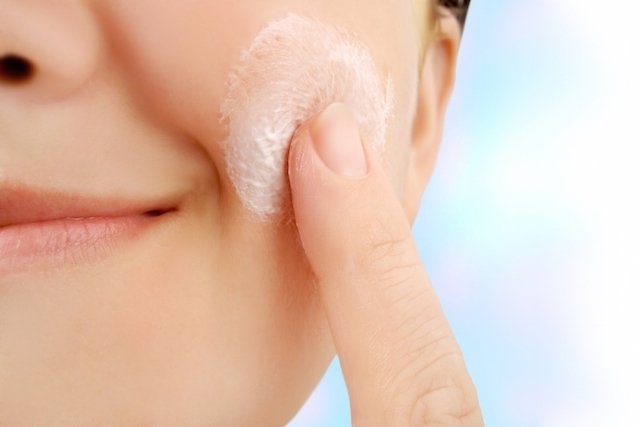Hydroquinone is a medication indicated for the gradual lightening of spots, such as melasma, freckles, age spots, and other conditions caused hyperpigmentation. This darkening tends to occur due to excessive production of melanin, which is the pigment that gives color to the skin.
This medication can be purchased in pharmacies in the form of a cream or gel containing 40 mg/g of hydroquinone. It is available for purchase with a medical prescription.
Some formulations for hydroquinone can be combined with other substances, such as tretinoin or fluocinolone, for example. These topical treatments should only be used as prescribed by a dermatologist.

Common indications
Hydroquinone is indicated to gradually lighten spots on the skin in the following situations:
- Melasma
- Chloasmas
- Freckles
- Solar melanosis
- Age spots
Hydroquinone acts by inhibiting the formation of melanin, which is the pigment that gives color to the skin. With reduced melanin production, the spot becomes increasingly lighter.
Although it can be a slower effect, hydroquinone causes structural changes in the membranes of melanocyte organelles. This accelerates the degradation of melanosomes, which are the cells responsible for producing melanin.
Hydroquinone can also be combined with other substances, such as retinoids, to enhance the depigmenting effect, or corticosteroids, to reduce skin inflammation. It should always be used as prescribed by a dermatologist.
Also recommended: How to Lighten Armpits: 6 Easy Home Remedies tuasaude.com/en/how-to-lighten-armpitsHow to use
Hydroquinone should be used by applying a thin layer to the skin in the area to be treated, The normally recommended dose for adults or children over 12 years of age is one application, twice a day, once in the morning and once in the evening, or at the doctor's discretion.
The cream should be used until the skin has adequately depigmented, and should be applied for a few more days for maintenance.
If the expected depigmentation is not observed after 2 months of treatment, the product should be discontinued and the doctor should be informed for reassessment
Care during treatment
During treatment with hydroquinone, the following precautions should be taken:
- Avoid exposure to the sun while undergoing treatment
- Use sunscreen SPF 30 or higher, as recommended by your doctor
- Avoid applying to large areas of the body
- Wash your hands before and after applying hydroquinone, except in cases where the treatment is on the skin of the hands
- First test the product on a small area of the skin and wait 24 hours to see if any allergic reaction appears
- Discontinue treatment if skin reactions occur, such as itching, inflammation or blistering
In addition, you should speak to your doctor about the products that can continue to be applied to the skin, in order to avoid drug interactions.
Also recommended: How to Lighten Dark Inner Thighs (& Common Causes) tuasaude.com/en/dark-inner-thighsPossible side effects
Some of the side effects that may occur during treatment with hydroquinone are redness, itching, excessive inflammation, blistering, and a mild burning sensation.
Contraindications for use
Hydroquinone should not be used by children under 12 years of age, pregnant or breastfeeding women, or by people who are allergic to any of the components of the formula.
Furthermore, contact with the eyes should be avoided and if accidental contact occurs, it should be washed with plenty of water. It should also not be used on irritated skin, wounds or sunburn.
